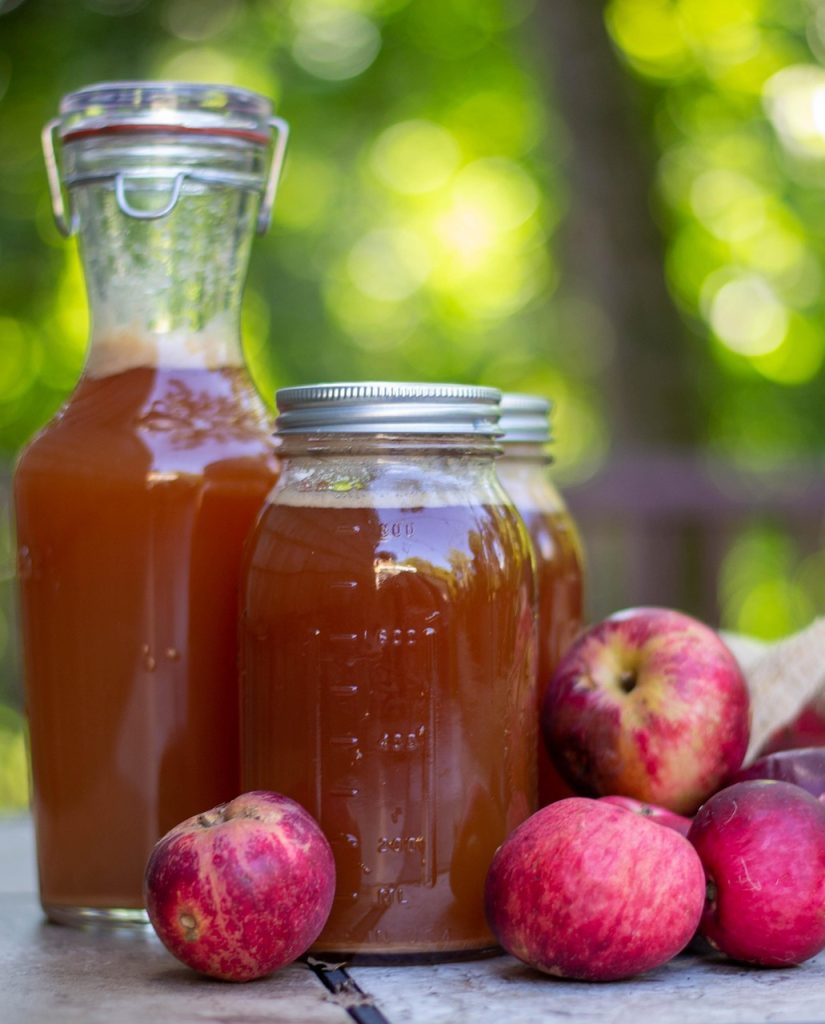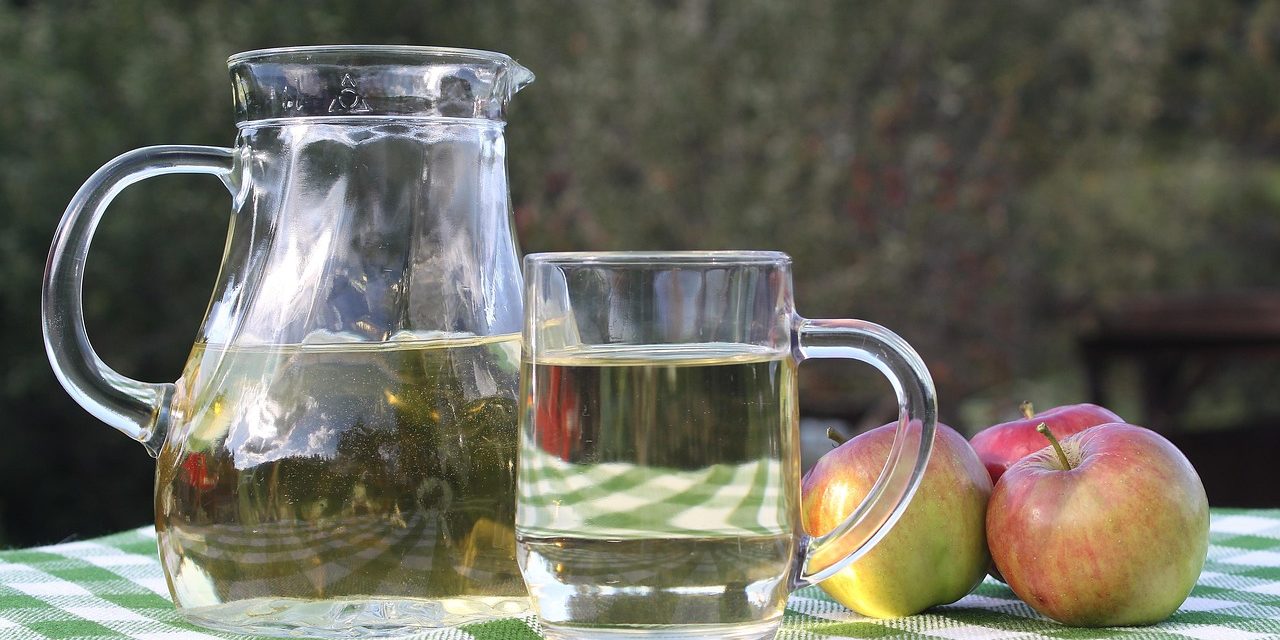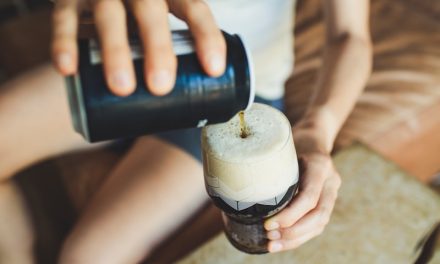The other day, a friend asked me a rather interesting question—“Are ciders alcoholic?” Now, I consider myself somewhat of a beverage enthusiast, so this question intrigued me. It’s one of those topics that seems simple on the surface, but when you dig deeper, there’s quite a bit to unpack. In this article, I’ll answer this question in detail, share my experiences with ciders, and explore what makes a cider alcoholic or not. By the time you’re done reading, I’m confident you’ll have all the information you need about this popular beverage.
What Is Cider?
Let’s start with the basics: What exactly is cider? Growing up, I always thought cider was just a fancy apple juice. As it turns out, it’s a lot more than that. Cider, or “hard cider” as it’s often called in places like the United States, is an alcoholic beverage made primarily from fermented apple juice. Depending on where you live, the word “cider” might refer to several different types of beverages:
- In many countries, such as the UK: When someone says “cider,” they usually mean an alcoholic drink made from apples.
- In the United States: The term “cider” can mean two things:
- Hard cider: The alcoholic version.
- Sweet cider: The non-alcoholic, unfermented juice of apples.
So, to answer the question right off the bat: Yes, most traditional ciders are alcoholic. But there are exceptions, and I’ll touch on those later.
How Is Cider Made?
You might be wondering, “How does apple juice turn into something alcoholic?” Well, let me walk you through the process:
- Harvesting and Juicing Apples
It all starts with apples—lots of them. Different regions use different apple varieties, but the best ciders usually come from apples specifically grown for cider production. Once harvested, these apples are pressed to extract their juice. - Fermentation
This is where the magic happens. Yeast is added to the apple juice, kick-starting the fermentation process. The yeast consumes the natural sugars in the juice and converts them into alcohol and carbon dioxide. Depending on the type of cider being made, fermentation can take weeks or even months. - Filtering and Maturing
Once fermentation is complete, the cider is filtered to remove impurities. Some producers age the cider to develop more complex flavors, while others bottle it immediately for a fresher taste.
Alcohol Content in Ciders
When it comes to alcoholic drinks, one of the first questions people ask (myself included) is, “How strong is it?” The alcohol content of ciders can vary significantly depending on several factors, including the type of apples used and the fermentation process.
- Traditional ciders: These usually have an alcohol by volume (ABV) of around 4% to 6%, which is similar to most beers.
- Stronger ciders: Some craft ciders or specialty products can reach up to 10% ABV or more.
- Non-alcoholic ciders: Yes, they exist! These are essentially cider-style beverages that skip the fermentation process entirely or have the alcohol removed.
From my experience, the alcohol content in ciders is often lower than wine but higher than most light beers. For me, that makes them a great middle-ground option when I’m looking for something refreshing yet a little stronger than your average beer.
The Case for Non-Alcoholic Ciders
Not all ciders are alcoholic, and there’s a growing market for non-alcoholic versions. Maybe you’re the designated driver, pregnant, or simply not a fan of alcohol—non-alcoholic ciders offer a great alternative. These beverages give you that crisp, fruity taste without the buzz.
Here are a few things to know about non-alcoholic ciders:
- They’re often made by heating regular cider to remove the alcohol, a process called dealcoholization.
- Some non-alcoholic ciders are made entirely without fermentation, keeping them free of alcohol from the start.
- Be sure to check the label, though—some “non-alcoholic” beverages may still have a very small trace of alcohol (usually less than 0.5%).
I’ve personally tried a few non-alcoholic ciders, and while they lack that slight “kick” you get from hard cider, they’re still incredibly refreshing.
Types of Ciders: A World of Variety
One thing I’ve always loved about cider is its diversity. Depending on where you are, the type of cider you’ll encounter can vary dramatically. Here’s an overview of some popular cider varieties:
Dry vs. Sweet Ciders
- Dry Ciders: These have very little residual sugar, making them less sweet and more tart. I find these quite sophisticated!
- Sweet Ciders: These retain more sugar from the apples, giving them a sweeter, fruitier flavor.
Sparkling vs. Still Ciders
- Sparkling Ciders: These are carbonated, either naturally (from fermentation) or artificially. They have a bubbly, champagne-like feel.
- Still Ciders: These are flat and non-carbonated.
Regional Styles
- English Ciders: Often dry and robust, with a higher tannin content.
- French Cidres: Typically sweeter and lower in alcohol, with a champagne-like quality.
- American Ciders: These can range from sweet to dry and often experiment with added flavors like berries and spices.
No matter where you are, there’s likely a style of cider to suit your taste buds.
Is Cider Gluten-Free?
This is a question I get asked a lot, and I’m happy to report that yes, most ciders are gluten-free because they’re made from apples rather than grains like barley or wheat. That being said, some ciders may include added ingredients or flavorings that aren’t gluten-free, so it’s always worth checking the label if you have dietary restrictions.
I’ve recommended cider to several gluten-sensitive friends, and it’s often their go-to alcoholic drink because of its naturally gluten-free status.

Why Are Ciders So Popular?
When I think about why people (myself included) love ciders, a few reasons come to mind:
- Refreshing Taste: Ciders are crisp, fruity, and easy to drink.
- Versatility: They pair well with a wide range of foods, from spicy dishes to desserts.
- Low Alcohol Options: Many ciders have a lower ABV than wine, making them a lighter choice for casual drinking.
- Gluten-Free Appeal: As mentioned, they’re a safe go-to option for anyone avoiding gluten.
For me, enjoying a cider on a warm summer evening or during a cozy autumn day is a simple pleasure I never get tired of.
My Favorite Cider Pairings
Let’s talk food! Over the years, I’ve discovered that ciders pair wonderfully with a variety of dishes. Here are some of my favorite combinations:
- Dry cider with grilled meats: The tartness cuts through the richness of steak or pork.
- Sweet cider with desserts: Apple pie with a sweet cider? Incredible.
- Sparkling cider with cheese boards: A bubbly cider pairs beautifully with creamy cheeses like Brie.
If you’ve never tried pairing cider with your meal, trust me—it’s worth experimenting with!
Conclusion: The Truth About Ciders
So, are ciders alcoholic? The short answer is yes, most ciders are alcoholic, thanks to the fermentation of apple juice. However, non-alcoholic versions are readily available for those who prefer a booze-free experience. From traditional dry ciders to innovative flavored options, there’s a world of cider to explore.
For me, cider is more than just a drink—it’s a way to connect with different cultures, tastes, and traditions. Whether you’re a seasoned cider fan or a curious newbie, I hope this article has given you a deeper appreciation for this delightful beverage. So, the next time someone asks, “Are ciders alcoholic?” you’ll have all the knowledge you need to answer confidently—and maybe even introduce them to your favorite cider.
© 2025 NewsBucket.org All rights reserved. This document cannot be duplicated or distributed in any way, whether it be electronically, mechanically, by photocopying, recording, photocopying, or another method, without NewsBucket.org’s prior written consent.



